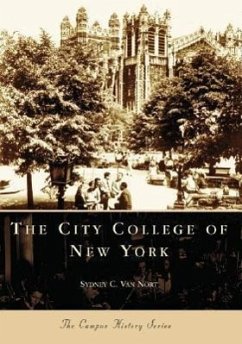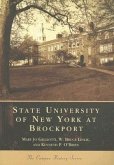The City College of New York, founded in 1847 as the Free Academy, began as an educational and political experiment. The campus provided the setting for dynamic interaction between generations of students, immigrant and native alike, with the local and global community. Many of those educated by the "poor man's Harvard" distinguished themselves in various fields, including the former U.S. secretary of state Colin Powell, former U.S. Supreme Court justice Felix Frankfurter, writers Walter Mosley and Paddy Chayefsky, actors Samuel "Zero" Mostel and Richard Schiff, the scientist Jonas Salk, along with two Rhodes Scholars and nine Nobel laureates. These alumni and numerous others during the college's history made their contributions to the macrocosm utilizing the skills honed within the microcosm of the school's campus. Through images from the college's archives, The City College of New York illustrates the fascinating history of the first entirely publicly supported institution of higher education in the United States.








